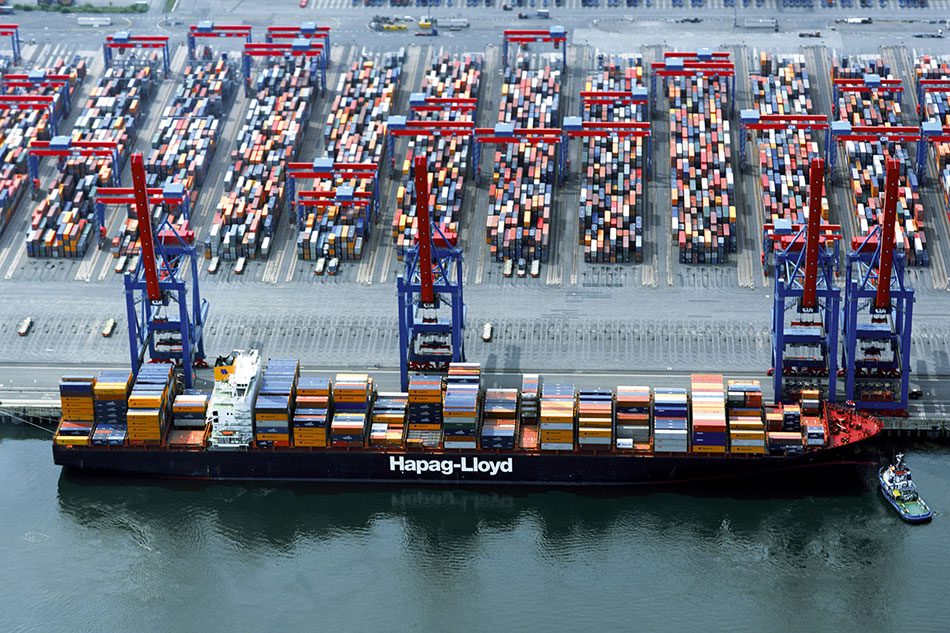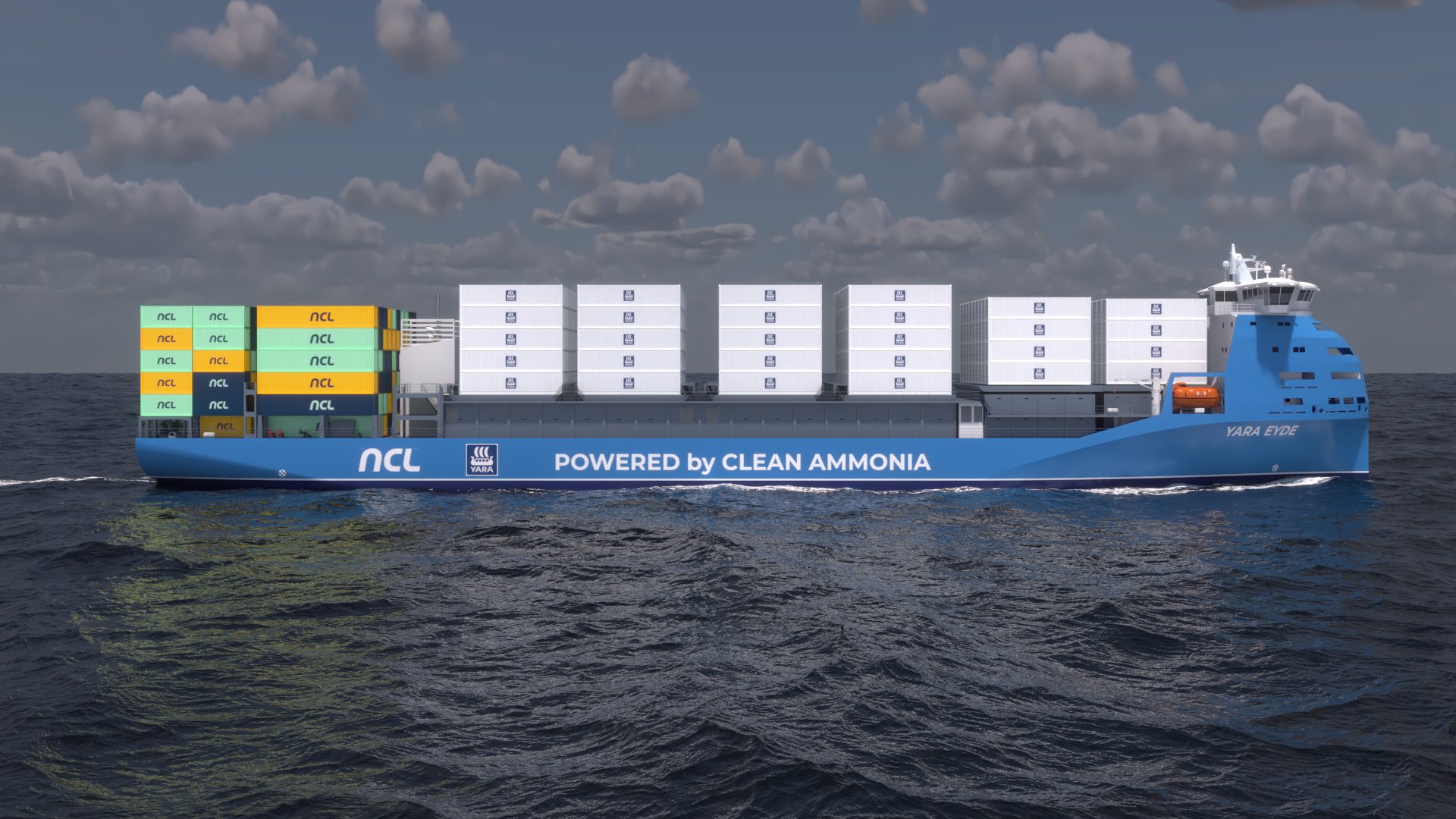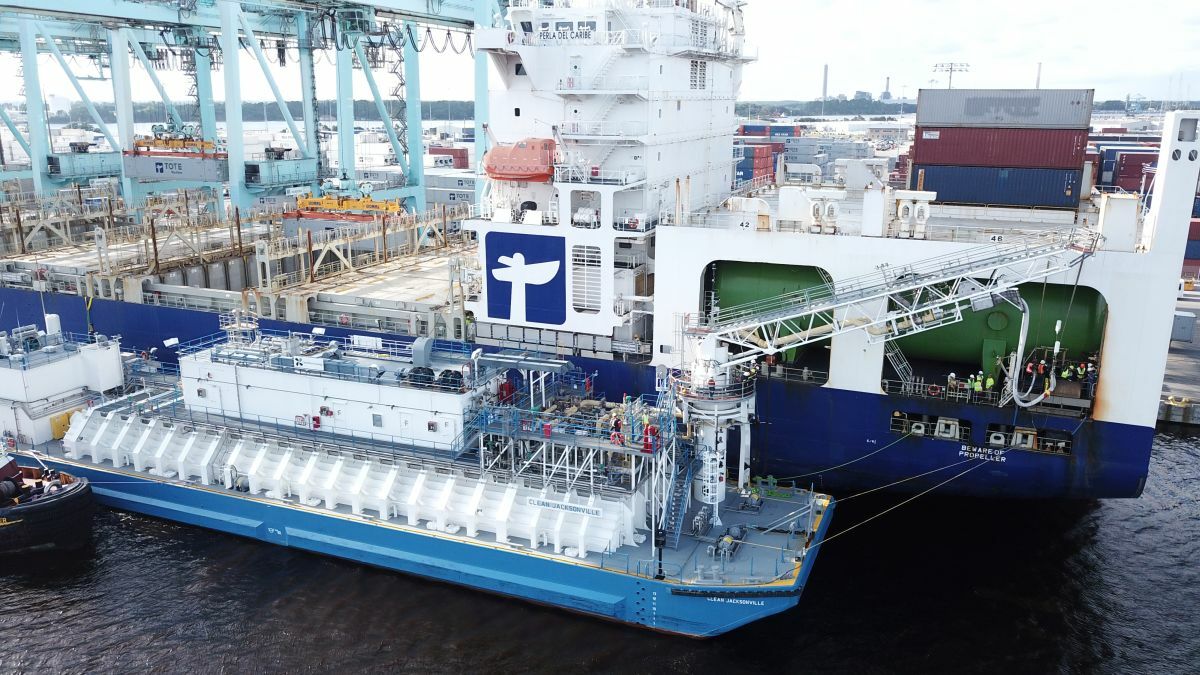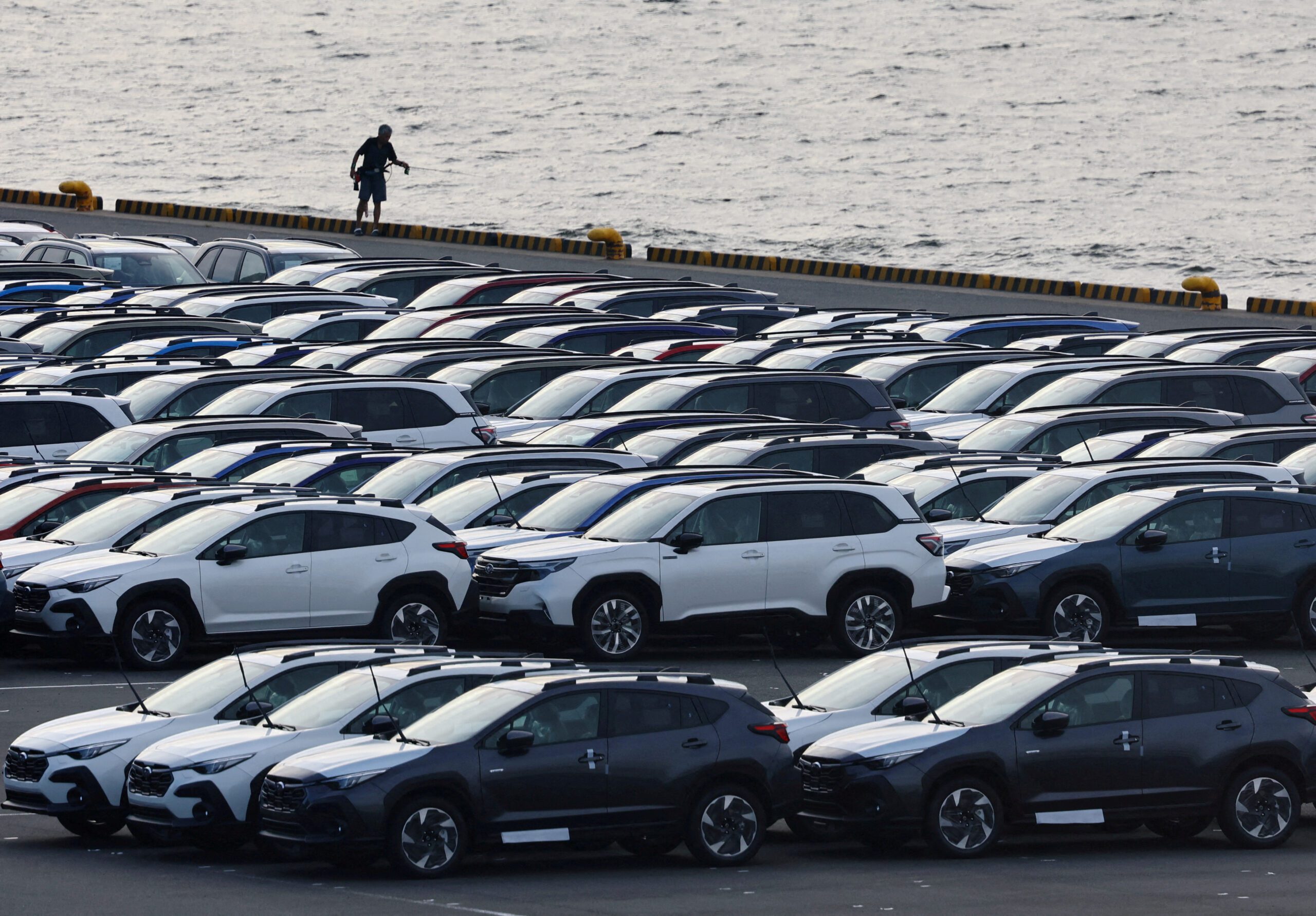Photo: Hapag-Lloyd
Nicholas Brautlecht
(Bloomberg) — Hapag-Lloyd AG, Germany’s biggest container- shipping line, widened a cost-reduction target by $100 million and brought it forward by two years amid plans for an initial public offering in coming months.
Annual spending cuts should now reach $400 million as of 2017 as the Hamburg-based company reaps the benefits of a merger with the container operations of Chilean shipper CSAV, Hapag- Lloyd said in its first-half earnings report. Additional savings of $200 million will be generated starting next year, partly because of more efficient new vessels entering the fleet, it said.
“Our results prove that the merger with CSAV was the right decision,” Chief Executive Officer Rolf Habben Jansen said in a statement. “The market environment remains very challenging, but we are well positioned.”
Hapag-Lloyd grew into the world’s fourth-largest container- shipping line with 188 vessels following the combination last year with Valparaiso-based CSAV, taking on industry leaders such as Denmark’s A.P. Moeller-Maersk A/S. The company may hold an IPO as early as October, a person familiar with the matter said a week ago.
Posting Profit
First-half net income at Hapag-Lloyd totaled 157 million euros ($179 million) compared with a year-earlier loss of 173 million euros. Adjusted earnings before interest and taxes amounted to 240.6 million euros versus a loss of 73.7 million euros in the 2014 period. The integration of CSAV was completed in the first six months, “more quickly than expected,” Hapag- Lloyd said. It didn’t comment on the stock-sale plans.
The company said it remains “well on track to achieve a clearly positive” adjusted Ebit in 2015, though the outcome of business in the third quarter remains uncertain amid “ongoing difficulties in the market environment in particular in the Far East trade.”
The third quarter is traditionally the busiest period for shippers as consumer goods produced in Asia are transported to Europe in advance of the Christmas season. This year, Hapag- Lloyd and its five Asian partners in the G6 alliance canceled sailings on Asia-Europe routes because of excess capacity.
“Growth in the capacity of the global container fleet, largely as a result of the commissioning of very large container ships in Asia-related trades, is expected to outpace demand,” the company said.
Asian Trade
Trade from China and Southeast Asia to North America and Europe will grow by more than 5 percent a year from 2015 through 2020, Krispen Atkinson, an analyst at IHS Maritime & Trade, said in a report to clients Wednesday.
“These increases will not be the double-digit rises seen before the 2008 global economic crisis,” said Atkinson. “However, an increase of over 30 percent in the next five years underscores China’s intent to remain a new trade hub-and-spoke linchpin for the rest of the economic world.”
©2015 Bloomberg News

 Join The Club
Join The Club











